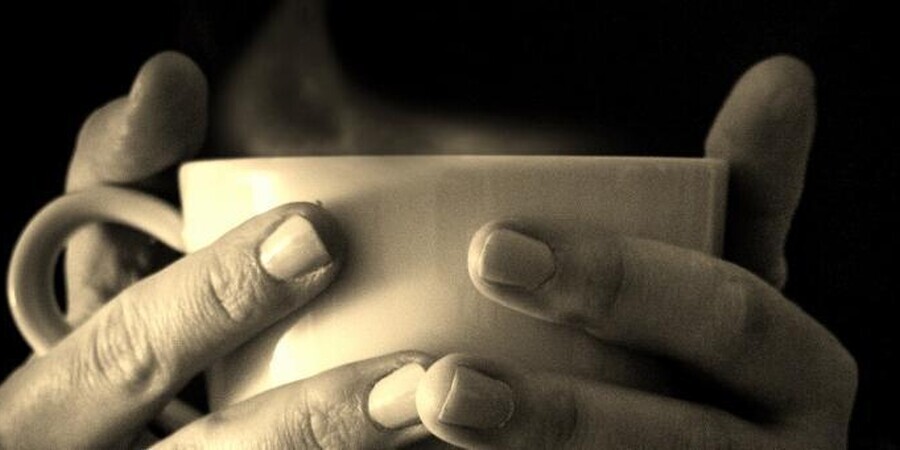Philadelphia, PA - Tea cupping is the art and science of tasting and evaluating loose leaf tea. This vital process involves a series of steps to assess the quality, taste, aroma, briskness, body, and color of tea. Because tea quality can vary significantly, even within the same batch, tea cupping is essential for maintaining consistency and ensuring a satisfying tea drinking experience.
Why Tea Cupping Matters
Tea cupping allows tea lovers and professionals alike to:
- Ensure Quality Control: Identify variations in taste and aroma to guarantee a consistent product.
- Enhance the Tea Drinking Experience: Understand the nuances of each tea and appreciate its unique characteristics.
- Choose the Best Tea: Select teas that align with individual preferences and brewing styles.
- Support Ethical Sourcing: Purchase from suppliers who prioritize quality and transparency through tea cupping.
Sample Steps of Tea Cupping - A Black Tea Example
1. Appearance and Smell of the Dried Leaf:
Begin by examining the dried tea leaves. For black tea, look for dark, blackish-brown leaves that are well-twisted, indicating proper withering. Small, hard, and uniform leaves generally signify higher quality. Gently squeeze the leaves to assess their resilience, a sign of freshness in black teas.
2. Preparing for Infusion:
Use purified water free of minerals and contaminants to ensure a clean taste. Bring the water to a rolling boil in a tea kettle. Measure the tea leaves by weight (approximately 2 grams, or the weight of a U.S. dime) and place them in a 6-8 ounce cup.
3. Steeping the Tea:
Pour the boiling water directly over the tea leaves. Steep black tea for 5 minutes. Over-steeping can lead to bitterness. For green tea and Darjeeling, steep for 3-4 minutes. Oolong teas often require a longer steeping time of around 7 minutes.
4. Examining the Infusion:
Observe the color and clarity of the tea infusion. A weak infusion can reveal much about the tea's quality. In black tea, a bright color with a green tint may indicate insufficient fermentation. A rich golden color signifies quality. For green tea, a clear green-yellow hue suggests a young, high-quality leaf.
5. Tasting the Tea:
Finally, savor the tea. Evaluate its briskness (does it pucker the mouth?), body (does it feel full in the mouth?), and aroma. These characteristics provide insights into the tea's overall quality and flavor profile.
Specific Considerations
- Water Temperature: Green and white teas require slightly cooler water (175-185°F).
- Leaf Size: Oolong teas with larger leaves need longer steeping times to fully release their flavors.
- Consistency is Key: Maintain a consistent tea cupping method to accurately compare and evaluate different teas.
The Benefits of Buying from Cupping Suppliers
By purchasing tea from suppliers who practice tea cupping, you can be confident in the quality and consistency of your tea. Tea cupping is an ongoing process that ensures you receive the best possible product for maximum enjoyment.


